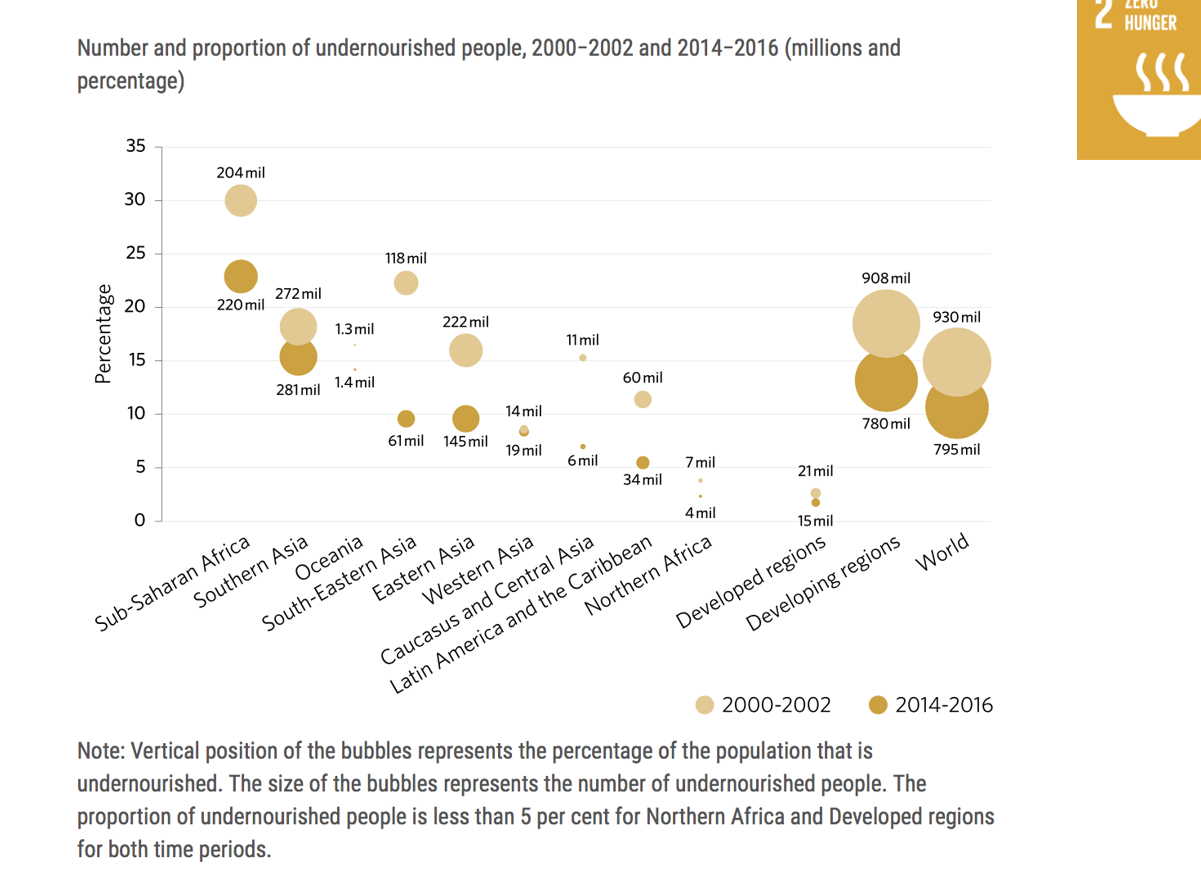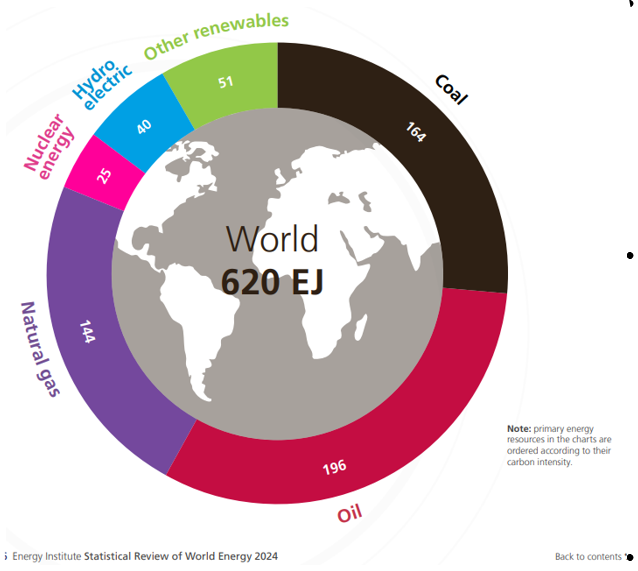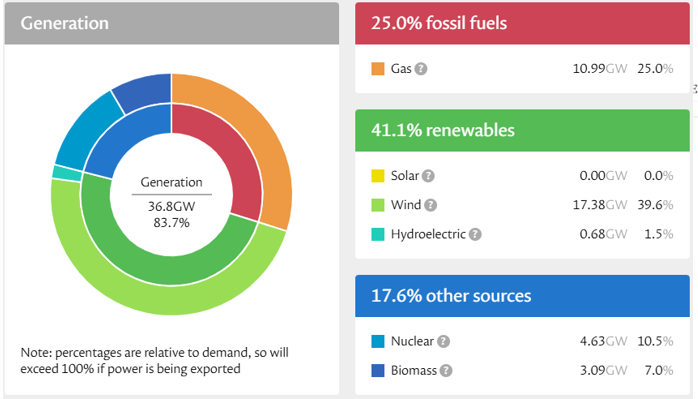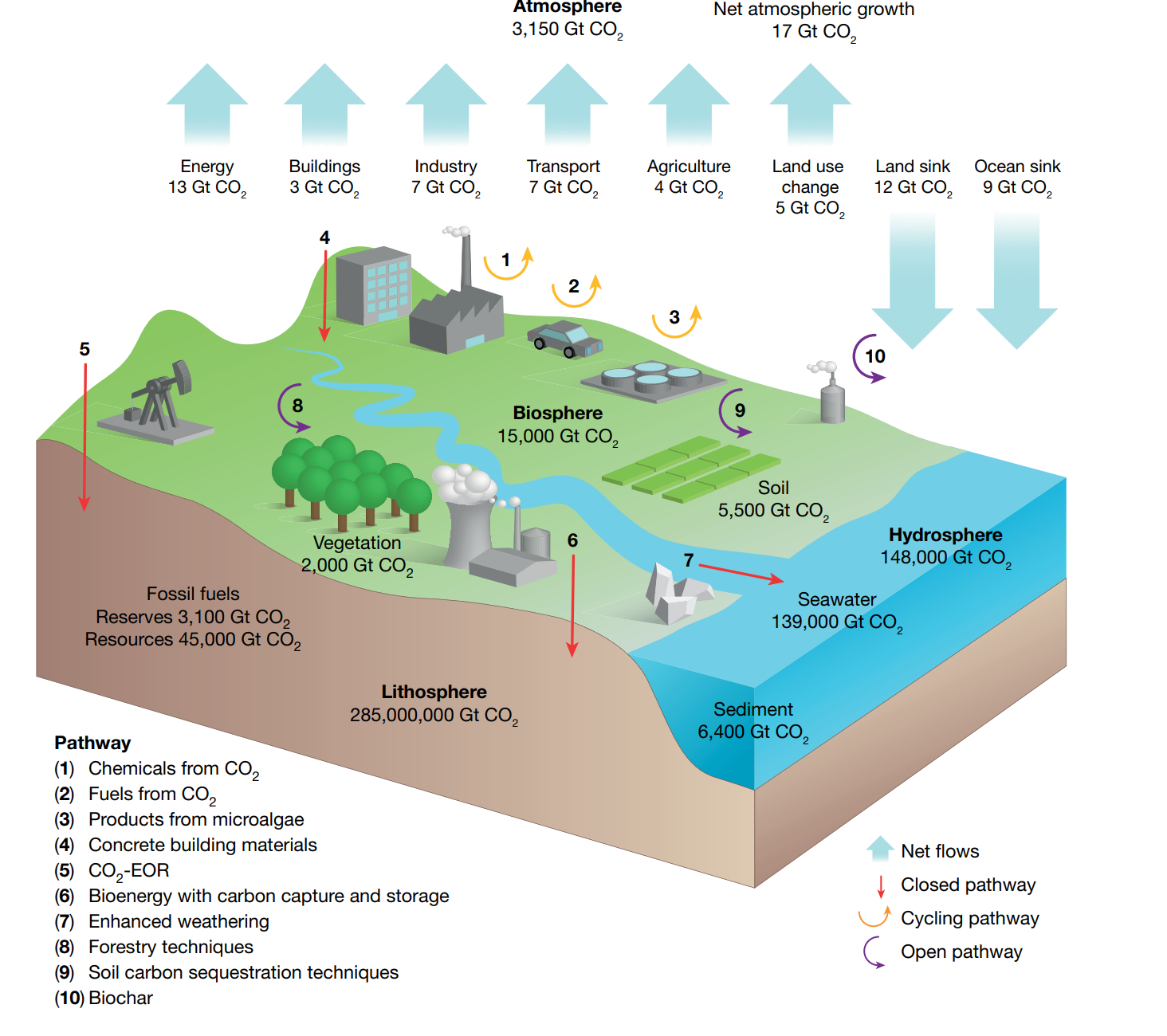Lecture 1: Sustainable development goals
1/16
There's no tags or description
Looks like no tags are added yet.
Name | Mastery | Learn | Test | Matching | Spaced |
|---|
No study sessions yet.
17 Terms
Population growth
Current world population ~8.2 Billion people (as of Jan 2025)
Began to spike when healthcare became more advanced, introduction of antibiotics and vaccines
United Nations
Has 196 member states and was founded in 1945
196 States work together to keep the global temperature rise well below 2C
Tackles the global water crisis affecting over 2.1 billion people worldwide
What are the UN sustainable development goals?
the blueprint to achieve a better and more sustainable future for all
they address global challenges, including those related to poverty, inequality, climate, environment, prosperity, peace and justice
How is the world doing with the SDGs?
Severely off track:
17% of the SDGs are on track
→ Clean water & sanitation (6), affordable & clean energy (7)~50% show minimal or moderate progress
→ No poverty (1), Climate action (13)>33% progress has stalled or even regressed
→ Zero hunger (2), Life below water (14, Life on land (15)
SDG 2
Zero Hunger: Regression
aims to end hunger worldwide
>600 million people projected to face hunger by 2030
production of food is linked to extraction and creation of resources e.g. nitrogen, phosphorus and potassium fertilisers
What needs to be done:
more food - fewer resources
reduce env impact of growing and distributing food, identify new ways to grow food
ensure farming systems are resilient to pertubations and pests

Palm Oil (SDG 2)
In many plantations 800-1000kg of N are applied per hectare vs ~200kg for wheat in the UK
SDG 6
Clean water and sanitation: Moderate Progress
safe drinking water, sanitation and hygiene for all
in 2022: 2.2bil lacked safe drinking water, 3.5bil lacked sanitation, 2.2bil lacked hand washing facilities
to meet 2030 targets, pace will have to accelerate 3-6x
2.4 billion people life in water stressed countries
81% of species dependent on inland wetlands have declined since 1970
only 0.65% available freshwater (70% trapped in ice)
arsenic in drinking water - SE asia
What needs to be done:
more potable water needed
reduced water waste
ensure clean water is not contaminated
grow crops that have less dependancy on external water
ensure all households have sewage systems
SDG 7
Affordable and clean energy: Moderate progress
675mil people live in the dark (4/5 in sub-saharan africa)
ensure access to affordable, reliable, sustainable and modern energy for all
renewable energy represents over 18% of total primary energy consumption
fossil fuel consumption dropped 0.4% to 81.5% (2022)
What needs to be done:
less dependance on non-renewable sources
better distribution of sources

SDG 11
Sustainable cities and communities:
make cities and human settlements inclusive, safe, resilient and sustainable
1.1bil urban residents live in slums
only 50% of urban residents have access to public transport
3 in 4 cities have less than 20% of area designated to public/green spaces
5billion people projected to live in cities by 2030
cities occupy 3% earths land but produce 60-80% energy consumption and 75% carbon emissions
90% urban dwellers breathe unsafe air
What needs to be done:
ensure cities have clean environments (air, water, green space, noise)
carbon neutral cities
conservation of green belts
electrification of vehicles

SDG 12
Responsible consumption and production: Stagnation
ensure sustainable consumption and production patterns
high income leaves greater footprint than low income
on average each person wastes 120kg of food per year
each year 1/3 food produced (1.3 bil tons) ends up rotting
2 billion people globally are overweight or obese
food sector - 22% total GHG emissions
What needs to be done:
find smarter ways of using existing resources
soil!!!!!!!
reduce wastage, recycle and re-use
SDG 13
Climate action: Marginal Progress
take urgent action to combat climate change and its impacts
now: the world will exceed 1.5C by 2035 and faces 2.5C by 2100
the rate of sea-level rise has doubled in the last decade
higher vunerability regions face 15x higher mortality due to disaster
CO2 emissions have increased 50% since 1990
What needs to be done:
shift away from ghg
new technologies e.g. changes in battery efficiency
nature-based solutions

How is the energy mix changing (UK)?
UK one of best locations for wind power - avg 22.54GW of generation per 30 mins 2024

SDG 14
Life below water: Regression
Conserve and sustainably use the oceans, se and marine resources for sustainable development
30% higher acidity than pre-industrial times
17 million metric-tons of plastic pollution in 2021
>1/3 global fish stocks are overfished
What needs to be done:
meta-ecosystem concept - don’t consider marine as seperate from land
SDG 15
Life on Land: Regression
protect, restore and promote sustainable use of terrestrial ecosystems, sustainably manage forests, combat desertification, and halt and reverse land degradation and biodiversity loss
100million hectares of healthy land was degraded every year from 2015-1019
currently facing the largest species extinction crisis since the dinosaurs
1.6 bil people depend on forests for livelihood (70mil indigenous)
forests contain >80% terrestrial species
2010-2015 3.3mil hectares of forest lost
>80% human diet provided by plants
What needs to be done:
plant trees
Publication:
Hepburn et al
capture of CO2 to create valuable products may lower the net costs of reducing emissions or removing CO2 from the atmosphere
reviews 10 pathways for the utilisation of CO2
involve: chemicals, fuels and microalgae (limited removal potential) construction materials utilise and remove CO2
land based pathwats can increase agricultural output and remove CO2

Question: Should we bother with enhancing CO2 utilisation, but instead focus all efforts on emission reduction?
Question: Which technologies suggested strike you as being the most “sustainable”?